People often have many questions about what is going wrong when their skin flares up, but have you ever stopped to wonder what your skin does to support you in your day-to-day life?
The skin is your largest organ, with a total surface area of around two square meters, and is made up of around 300 million cells.1 That's almost as many cells as there are people living in the USA today.2
These 300 million cells are responsible for the functions of your skin which extend far beyond keeping you covered, and most occur around the clock, totally unnoticed. But what exactly goes on beneath the surface?
Let's take a closer look.
Beneath the surface
Your skin acts as the main interface between the inside and outside of your body, working closely with other systems to regulate and stimulate a variety of processes. But what are these processes, and how do they work?
Your skin protects against a variety of threats from the environment. It acts as a physical barrier against pressure and dirt, while pigments within your skin's structure defend against cancer-causing ultraviolet (UV) radiation in sunlight.3 Glands in your skin also secrete a chemical called sebum, keeping skin moist and preventing cracks which could allow bacteria to invade your body4
Blood vessels in your skin can get bigger or smaller, allowing more or less heat loss through your skin respectively. Sweat glands in your skin also help your body to lose heat through evaporating sweat, and fat within your skin helps insulate against colder temperatures3
Your skin contains many sensitive nerves which detect everything around you, from vibration to pressure, to help you to react quickly to threats, helping you to avoid harm3
The top layer of your skin, called the epidermis5 contains 'Langerhan cells' which activate your immune system to fight off harmful bacteria.3,5 Your skin is also covered in millions of helpful bacteria, which also fight these harmful microorganisms6
When sunlight hits your skin, a chemical reaction is triggered beneath the surface which kick-starts the production of vitamin D. This makes sure calcium is available for bones to grow and keep getting stronger7
Working with your skin
Now that we know how hard your skin is working for you, let's take a look at how you can give your skin a helping hand.
Protecting against sun damage
UV rays from sunlight are the main cause of skin ageing and can cause skin cancer. So, while you do need to spend some time in sunlight for your body to make vitamin D; remember to protect your skin against sun damage by spending time in the shade between 11am and 3pm, covering up with clothing, hat and sunglasses, and using sunscreen with a sun protection factor (SPF) of at least 15 when you are exposed to the sun for long periods8
Reducing or stopping smoking
It is thought smoking reduces the skin's natural elasticity by causing the breakdown of collagen (a protein that supports skin strength) and reducing collagen production. The breakdown of collagen leads to the formation of wrinkles, and while this happens naturally as we get older, smoking makes this happen sooner. So consider giving up smoking or reducing how much you smoke8
Controlling your alcohol intake
Drinking alcohol can dehydrate your body and skin, leaving the skin looking older and tired. Consider reducing your alcohol intake, and ensure that you drink plenty of water to avoid drying out your skin8
Next time your skin is getting you down, try to remember all the good work it is doing to keep you protected and healthy, and maybe follow some of our tips to help get the best out of your skin.
If you have any tips of your own for how to look after your skin, why not share them with our psoriasis and chronic spontaneous urticaria (CSU) Facebook and Twitter communities to help inspire others to take care of their skin too!







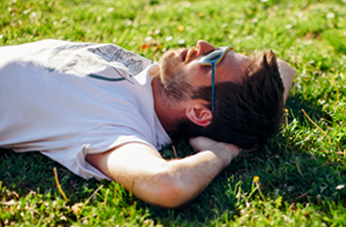
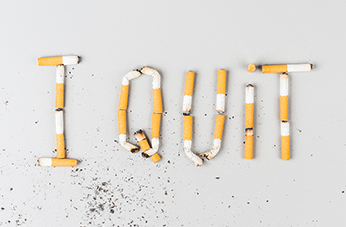



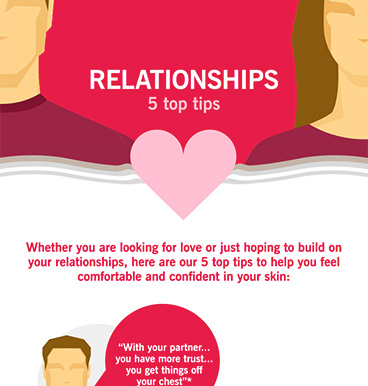
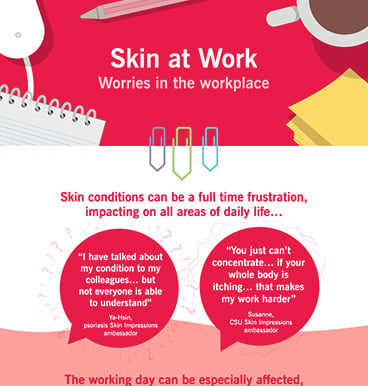
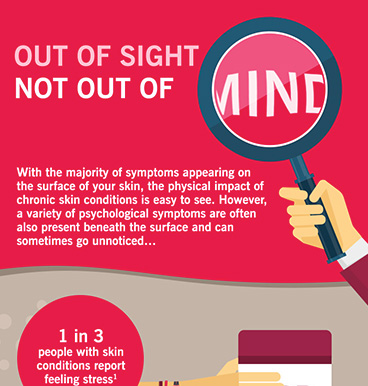

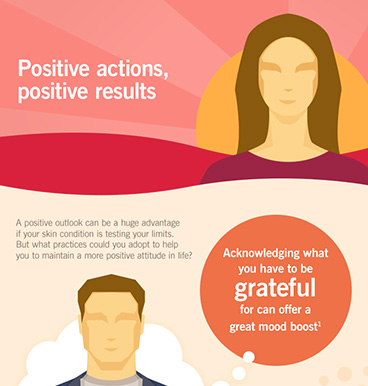


Join one of our communities
and connect with other people with severe skin conditions
Psoriasis facebook community